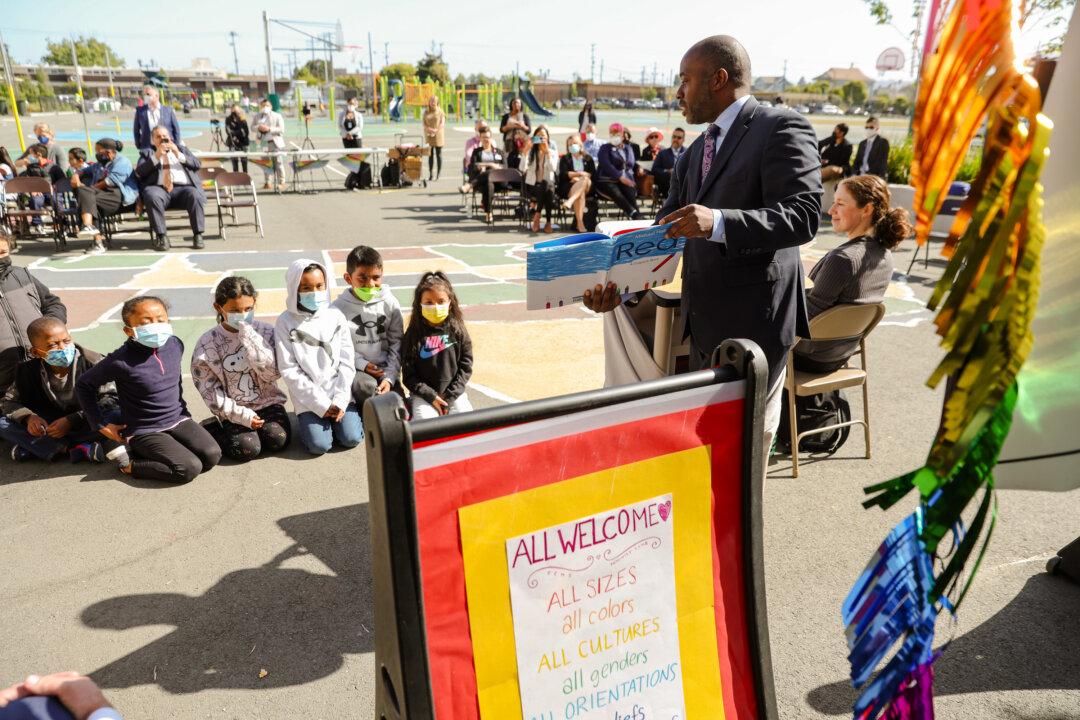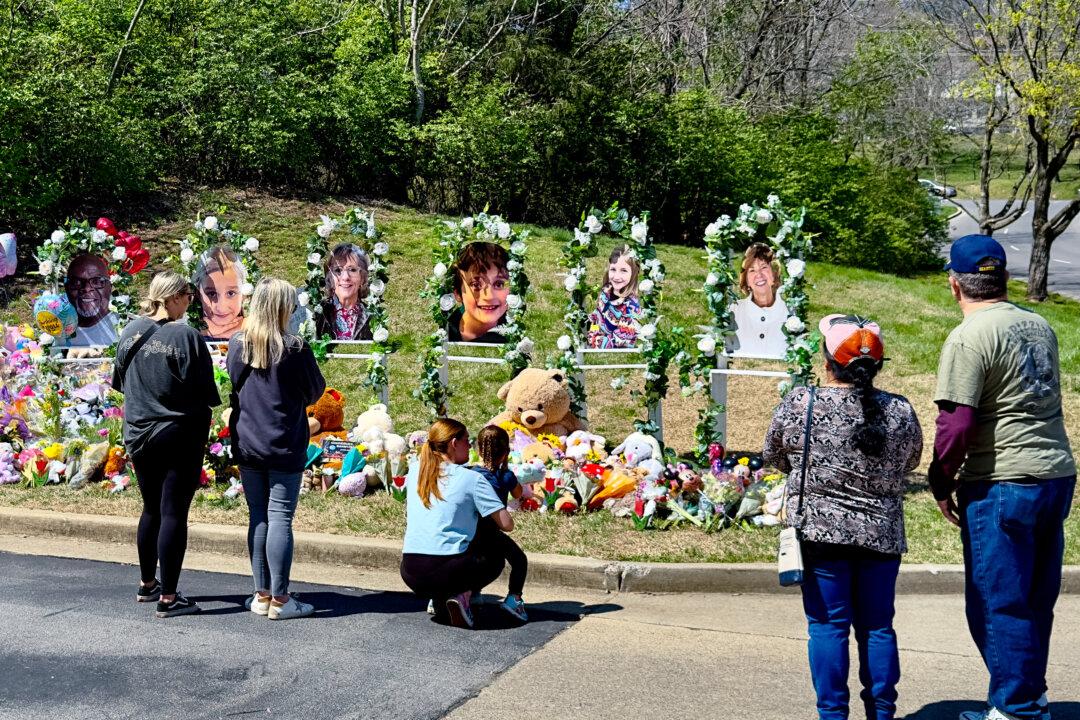Violence in California schools has fallen sharply in the last two decades, according to a study by the University of California–Los Angeles (UCLA), released March 30.
For the study, researchers examined nearly two decades of survey results from the California Healthy Kids Survey, which is an annual questionnaire by the state’s education department given to fifth, seventh, ninth, and 11th graders about school climate, safety, and wellness.





